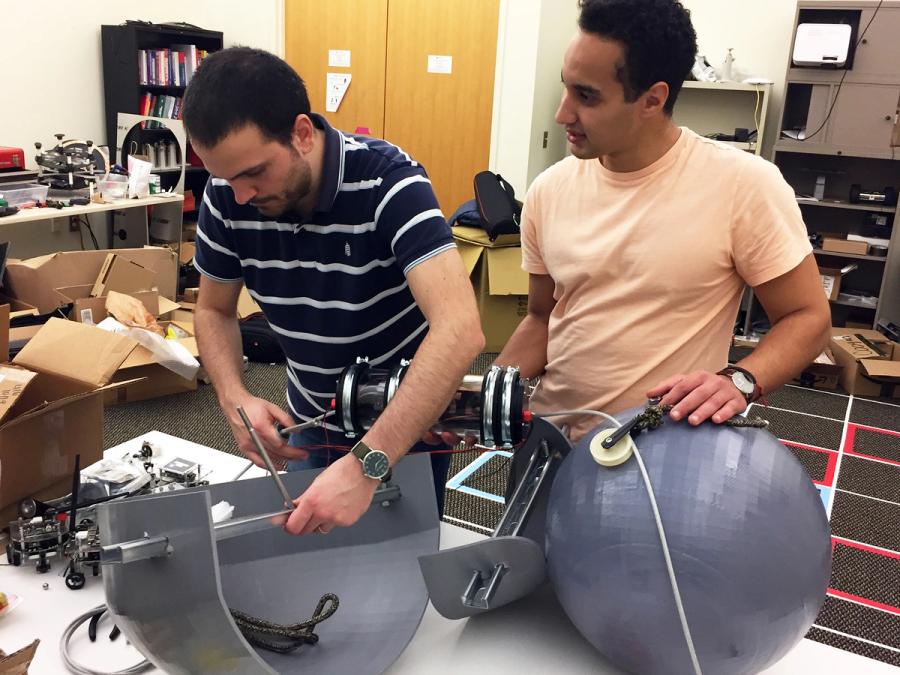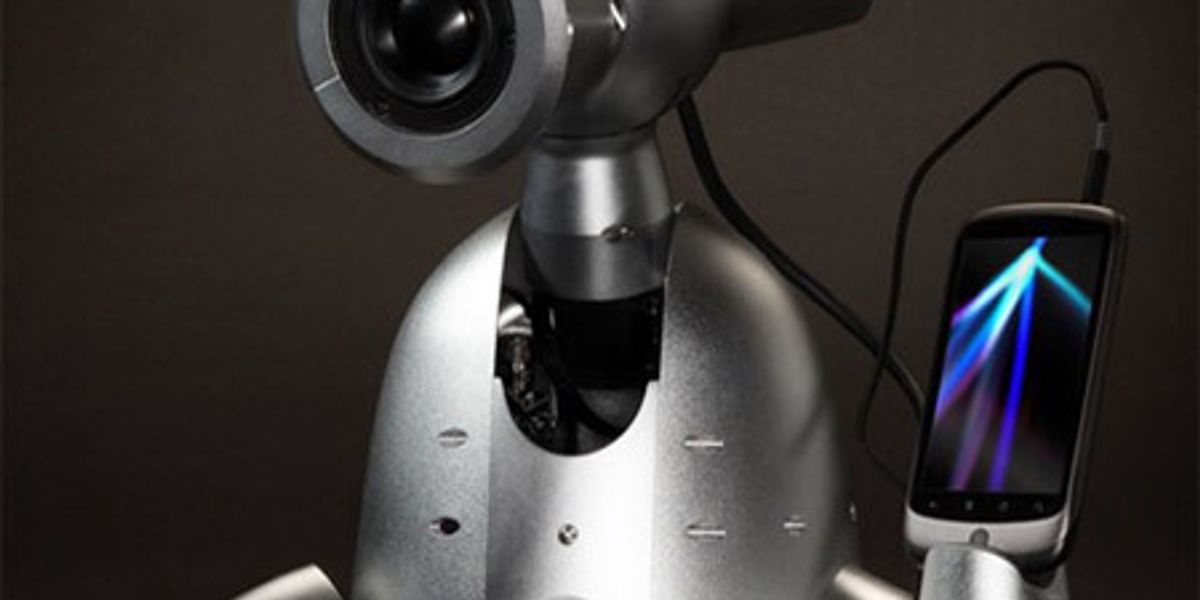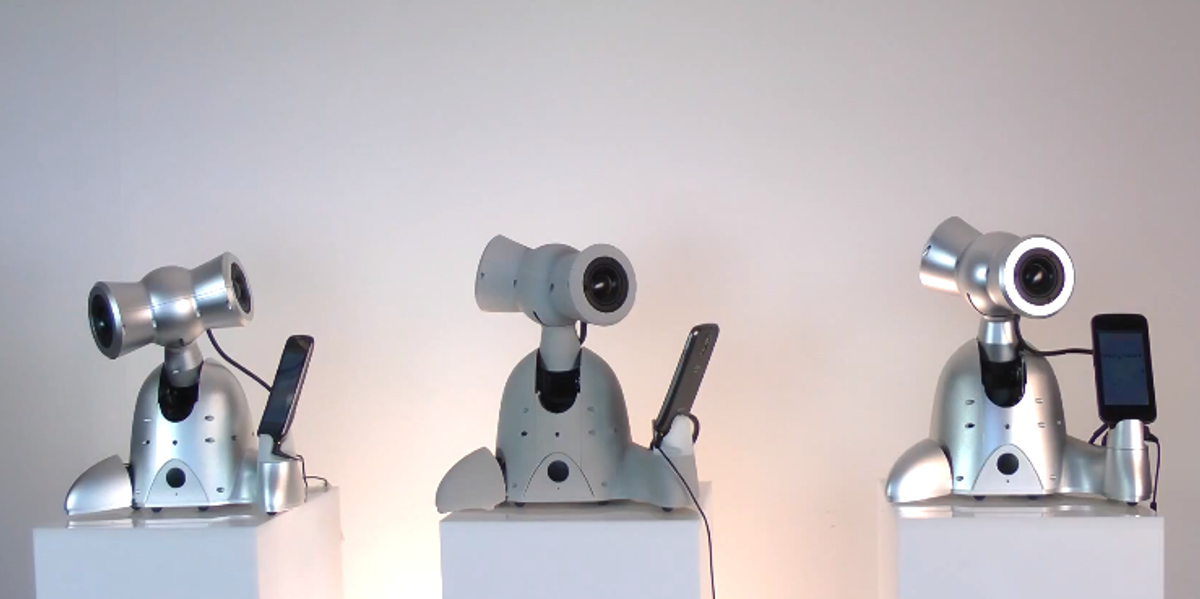SlothBot

SlothBot is a solar-powered, cable-driven, environmental monitoring robot. It is designed to be present in natural ecosystems, primarily under tree canopies, over long periods of time without any human intervention while measuring microclimate data. It's cute and slow—very slow.
- Creators
Georgia Tech's Robotarium and University of California, Irvine
- Year
- 2021
- Country
- United States 🇺🇸
- Categories
- Features
Did you know?
The SlothBot concept was envisioned during a vacation trip to Costa Rica where there are actual sloths everywhere.

History
SlothBot was developed at Georgia Tech, in Atlanta, by Magnus Egerstedt, a professor of robotics who led the project; Gennaro Notomista, a PhD student; and a team of engineers and ecologists. They were inspired by sloths they saw in Costa Rica. The sloths gave them the idea of exploring "slowness as a design paradigm" through an arboreal robot. Egerstedt is now a professor of electrical engineering and computer science and dean of engineering at the University of California, Irvine. Notomista is now a professor of robotics at the University of Waterloo in Canada.


Specs
- Overview
Solar-powered, energy-efficient, cable-driven, cute.
- Status
Ongoing
- Year
2021
- Website
- Width
- 25 cm
- Height
- 35 cm
- Length
- 80 cm
- Weight
- 20 kg
- Speed
- Slooooow
- Sensors
Distance sensor: JSN-SR04T waterproof ultrasonic distance measuring module. Environmental sensors: TSL2591 high dynamic range digital light sensor; BME680 temperature, humidity, pressure and gas sensor; SGP30 air quality VOC and eCO2 sensor. Other: INA260 voltage, current, power sensor.
- Actuators
Metal gearmotor, 12 V, transmission ratio 378:1, with 48 CPR encoder, 14 RPM, 2.25 Nm torque
- Degrees of Freedom (DoF)
- 1 DoF
- Materials
Polycarbonate and acrylic (for the main robot body), PLA Pro with weather protective coating (for the Sloth shell)
- Compute
Raspberry Pi Zero W (1 GHz clock speed, 512 MB RAM, Wi-Fi, Bluetooth BLE). Teensy 3.2 (96 MHz clock speed, 64 kB RAM, 2 kB EEPROM, PWM, I2C interfaces)
- Software
Raspberry Pi OS; high-level behavior control written in Python (running on the Raspberry PI Zero W); low-level control and hardware interface written in C++ (running on the Teensy 3.2)
- Power
10,000 mAh, 1-cell LiPo battery, rechargeable using 2 6 V 9W solar panels through an MPPT circuit (1A max charge rate) with temperature monitoring
- Cost
- US $500







